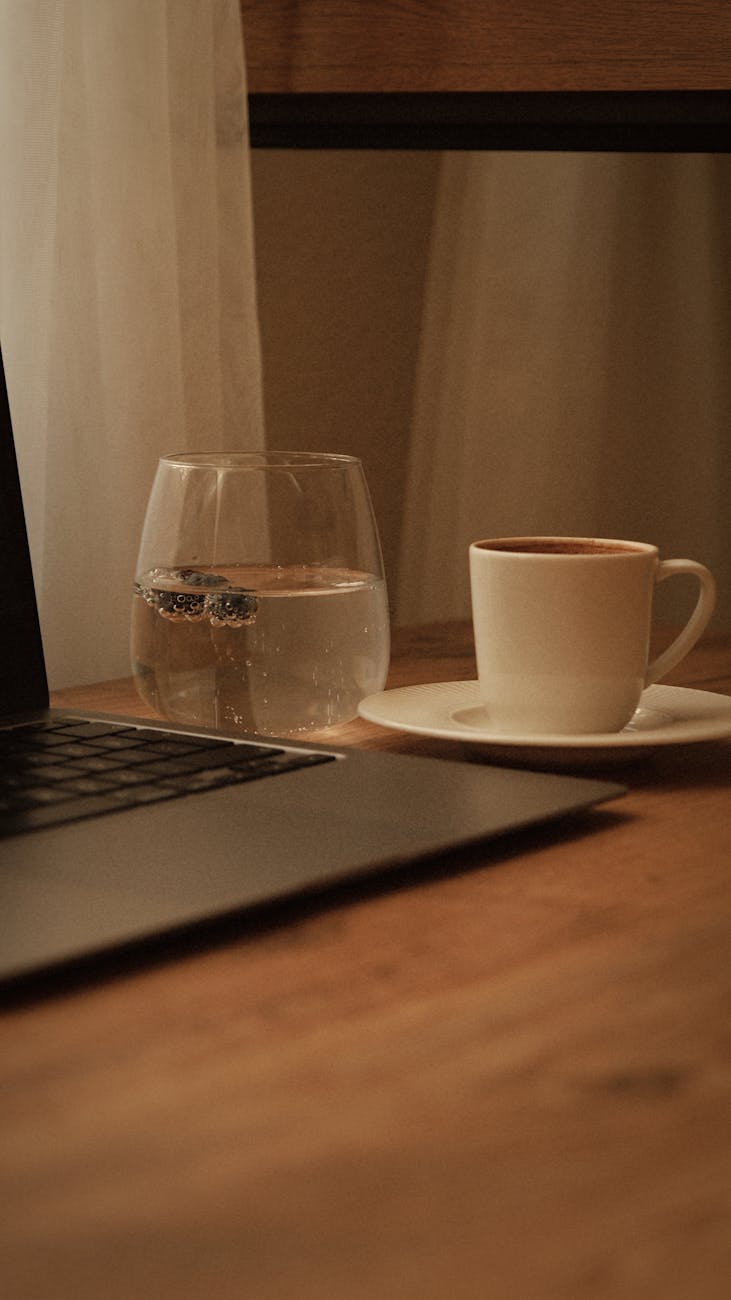
Introduction
Working from home offers flexibility but also a steady stream of interruptions that erode productivity. This article explains how to stay focused while working from home by creating a distraction-free workspace. You will find practical, step-by-step guidance: how to claim a dedicated work area, build routines and boundaries to protect focused time, optimize lighting, sound and tools for sustained attention, and handle common interruptions without losing momentum. Each section connects to the next so you can implement improvements progressively—from physical layout and ergonomics to daily rituals and digital hygiene. These tactics are aimed at increasing deep-work hours, reducing stress, and helping you produce higher-quality work with greater consistency.
Create a dedicated workspace
Start by choosing a space you can reliably occupy for work. A dedicated spot trains your brain to associate that environment with focus and output. If you don’t have a separate room, carve out a defined corner and use visual cues—desk mat, shelving, or a small plant—to mark the area as “work-only.”
Key setup priorities:
- Position: Sit with your monitor at eye level and avoid placing your back to high-traffic areas.
- Ergonomics: Invest in a supportive chair, external keyboard, and monitor riser; comfort reduces micro-distractions from aches and posture shifts.
- Storage: Keep frequently used items within reach and store unrelated items out of sight to minimize visual clutter.
Establish routines and clear boundaries
Once the space is defined, routines and rules protect it. A consistent start-of-day routine tells your brain it’s time to work—think of it like a commute ritual. Equally important are boundaries with people you live with and with yourself.
- Start and stop rituals: Simple steps like making coffee, reviewing a 3-item priority list, and turning on focus mode create a mental transition.
- Household agreements: Communicate your schedule to family or roommates, using visible signals (closed door, sign, or lights) to indicate deep-focus periods.
- Time blocking: Schedule blocks for deep work, meetings, and admin. Protect deep-work blocks by not scheduling calls during them.
Optimize environment and tools for sustained focus
Small environmental adjustments yield big returns. Control light, sound, and temperature to reduce friction. Use software wisely—set notifications to silent during deep work, and use website blockers when needed. Focus tools and apps are helpful, but the physical environment is equally important.
| Intervention | Typical effect on focused time | Implementation time |
|---|---|---|
| Dedicated workspace | +15–30% | 1 day–1 week |
| Time blocking + start ritual | +10–25% | 1–3 days |
| Noise control (headphones, white noise) | +10–20% | Immediate |
| Digital hygiene (notifications, blockers) | +15–35% | Immediate–1 day |
Combine interventions for additive benefits: a dedicated space plus time blocking and notification control typically produces a noticeable jump in uninterrupted work hours.
Manage interruptions and maintain momentum
Even with a great setup, interruptions happen. Prepare a quick escalation plan to handle them without derailing your entire session. Use short tactical responses for predictable interruptions and longer strategies for recurring issues.
- Rapid triage: When interrupted, decide in 10–30 seconds whether to handle it now, schedule it, or delegate it.
- Use timers: Work in focused sprints (25–90 minutes) followed by short breaks. Timers reduce decision fatigue and preserve momentum.
- Accountability and review: End each day with a 5-minute review: what you completed, what carried over, and the top priority for tomorrow. Weekly reviews reveal patterns you can fix.
Maintain discipline by celebrating small wins and adjusting tactics as your work or home life changes. Flexibility helps maintain long-term adherence to a focus plan.
Conclusion
Creating a distraction-free workspace is a layered process: first claim and equip a physical space that signals work, then protect that space with predictable routines and household boundaries. Next, optimize environmental factors—light, sound, temperature—and apply digital hygiene to eliminate avoidable interruptions. Finally, adopt interruption-management tactics and short, deliberate work sprints to maintain momentum. Each step builds on the previous one; taken together they produce steady gains in focused time and reduce stress. Start small—implement the highest-impact change you can today, monitor its effect, and iterate. With consistent tweaks and simple habits, working from home can become both productive and sustainable.
Image by: cottonbro studio
https://www.pexels.com/@cottonbro



